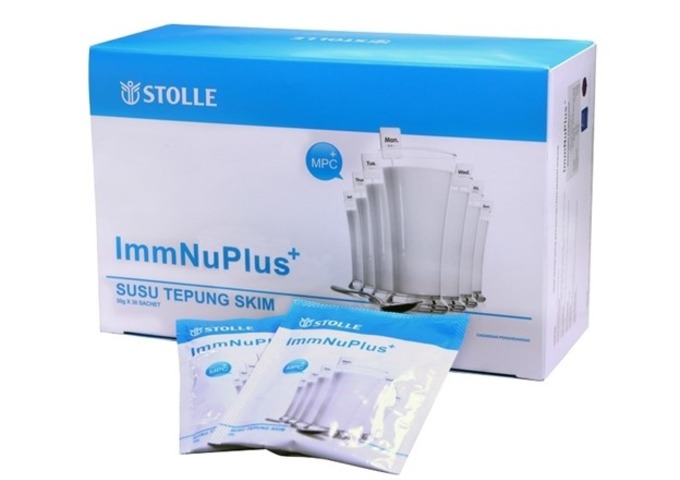
.jpg)
Understanding your Blood Pressure
Hypertension, commonly known as high blood pressure or "silent killer", is a prevalent chronic disease whose dangers are often overlooked. Not only does hypertension damage the cardiovascular system, but it can also trigger a range of severe health issues such as stroke, heart disease, and kidney failure. Therefore, understanding the risks of hypertension, early detection, and learning how to measure blood pressure correctly are crucial steps in maintaining vascular health.
The Dangers of Hypertension
The primary danger of hypertension is that it exerts excessive pressure on the blood vessel walls, especially at the branching points of the blood vessels. Over time, this high pressure can cause damage and hardening of the vessel walls, a condition known as arteriosclerosis. Arteriosclerosis reduces the elasticity of the blood vessels and damages the endothelial cells lining the vessel walls, leading to inflammation and the accumulation of fatty substances, which may ultimately form atherosclerotic plaques.
These plaques can obstruct blood vessels and increase the risk of thrombosis, which can lead to stroke or myocardial infarction. Additionally, hypertension places a heavy burden on the heart, which can lead to heart failure over time. The damage hypertension causes to the kidneys is also significant, as high pressure can destroy the microvascular system of the kidneys, gradually leading to kidney failure.
How to Measure Blood Pressure Correctly
Accurate monitoring of blood pressure is key, and understanding the correct method to measure it is essential. Follow these recommendations to measure blood pressure properly:
- 1. Use a reliable and validated blood pressure monitor.
- 2. Measure your blood pressure twice daily, once in the morning and once before bed, and record the data for a week.
- 3. Avoid consuming caffeinated beverages, smoking, or engaging in vigorous exercise before measuring blood pressure. Rest quietly for at least 5 minutes before taking a reading.
- 4. Sit in a comfortable chair with your back straight and your feet flat. Place your arm on a table at the same level as your heart.
- 5. Wrap the blood pressure cuff around your upper arm, with the lower edge about 2-3 cm above your elbow. Ensure the cuff is snug but not too tight.
- 6. Start the blood pressure monitor, stay relaxed, and avoid talking or moving. Wait for the monitor to complete the measurement and record the reading.
- 7. To ensure accuracy, take two to three consecutive measurements and use the average value as the final result.
Hypertension often presents no symptoms, making it a condition that requires long-term attention and management. By understanding the dangers of hypertension, adopting a healthy lifestyle, and regularly monitoring blood pressure, you can effectively prevent and control hypertension, thus protecting cardiovascular health.
In addition to a healthy diet and appropriate exercise, consider incorporating a quality Stolle ImmNuPlus into your daily diet!

After more than 60 years of research, 200+ patents to prove the product’s effectiveness, and 36 years of drinking surveys to prove the safety, Stolle ImmNuPlus is rich in immune nutrients, which can effectively assist in regulating immunity, reduce blood pressure and blood cholesterol level, as well as support gastrointestinal health.
Stolle ImmNuPlus support immune balance and your heart health! Immune Today, Healthy Everyday!






